If you’ve been playing The Last of Us: Part I on PC, you have probably dealt with the port’s poor optimization in some way. Stuttering, frame drops, crashes, and more plague the PC port of The Last of Us. If you’re having performance problems with it, maybe try the following fixes for frame drops and stuttering to see how they do.
The Last of Us Part I Performance Fixes
Update Your Graphics Card Drivers
Follow these instructions to update Nvidia graphics drivers:
- Download the latest Nvidia graphics drivers from the official website.
- Start the installation process.
- Restart your PC when finished.
Follow these instructions to update ATI Radeon graphics drivers:
- Download the latest ATI Radeon graphics drivers from the official website.
- Start the installation process.
- Restart your PC when finished.
Verify the Integrity of Your Game Files
If you’re playing The Last of Us: Part I on Steam, then here’s what you need to do:
- Start Steam app.
- Select “Library” tab.
- Right-click on the The Last of Us: Part I game.
- Select “Properties” from the list.
- Go to “Local Files” tab.
- Select “Verify Integrity of Game Files“.
If you’re playing on Epic Games, then follow these steps:
- Start Epic Games app.
- Select “Library” tab.
- Left-click on the three dots at the bottom right of the The Last of Us: Part I icon.
- Select “Verify” and “Verify Integrity of Game Cache“.
Set Max Framerate to Fix Stutter
The stuttering and choppiness issue in The Last of Us: Part I is largely caused by improper framerate settings.
In your game options, test both of these options:
- V-sync off with the framerate capped at your monitor refresh rate.
- V-sync on without a framerate cap.
Capping the framerate will prevent the game from attempting to go past your monitor’s refresh rate, and will remove a huge processing load from your GPU.
Adjust Antialiasing and Anisotropic Settings
The game’s anti-aliasing and anisotropic filtering options still require some optimization, but fortunately, the nVidia GPU owners can quickly fix both of those parameters by following these steps:
- Open nVidia Control Panel.
- Select “Manage 3D Settings” menu.
- Go to “Program Settings” tab.
- Add The Last of Us: Part I to the list of programs.
- Find and make the following adjustments in the menu below:
- Antialiasing – Mode: Override any application setting
- Antialiasing – Setting: 2X
- Anisotropic Filtering: 2X
Switch from 3D Audio to Stereo Sound
As odd as it sounds, some stuttering issues can also be fixed by turning off the 3D Audio option in the Audio settings menu.
You can switch to either normal Stereo or even Mono output, and see how it works in your case. This is not the first time when audio settings actually influence the graphics capabilities of the PC game, as similar issues have been noticed in other recent releases.
You can also switch from 3D Audio to Stereo in Windows by following these steps:
- Press the “Start” button.
- Select “Settings” option.
- Go to “System” menu.
- Select “Sound” tab.
- Go to “Related Settings” menu.
- Open “Sound Control Panel” option.
- Right-click on “Playback Device“.
- Select “Properties” option.
- Disable “Spatial Sound” (3D Audio) in the new window.
Be sure to follow our guide on the best PC graphics and performance settings that can eliminate a ton of performance issues in The Last of Us: Part I. For more The Last of Us: Part I tips and tricks articles, check out our dedicated hub page.
Featured image via Sony Interactive Entertainment

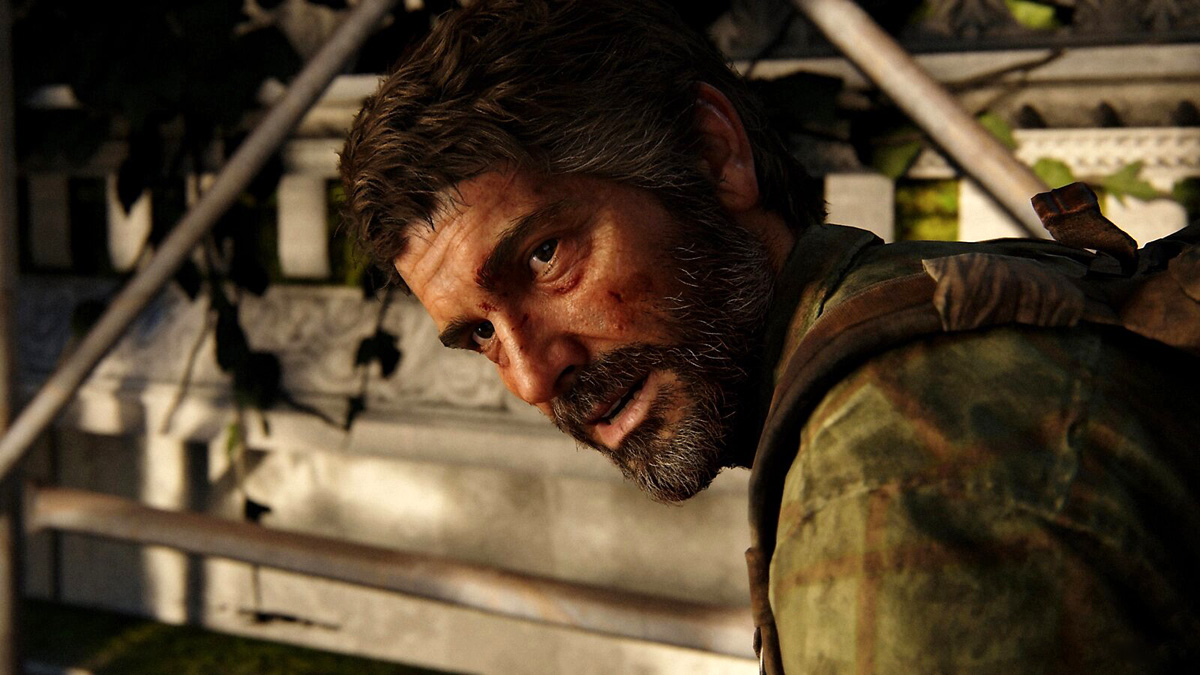



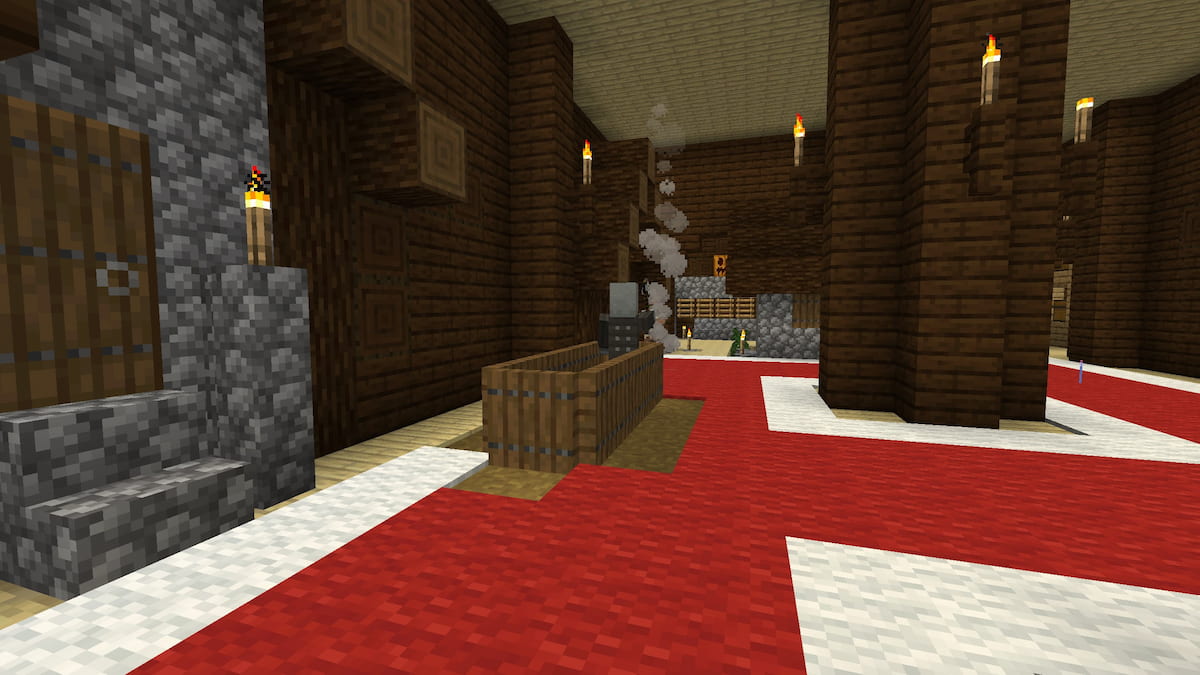
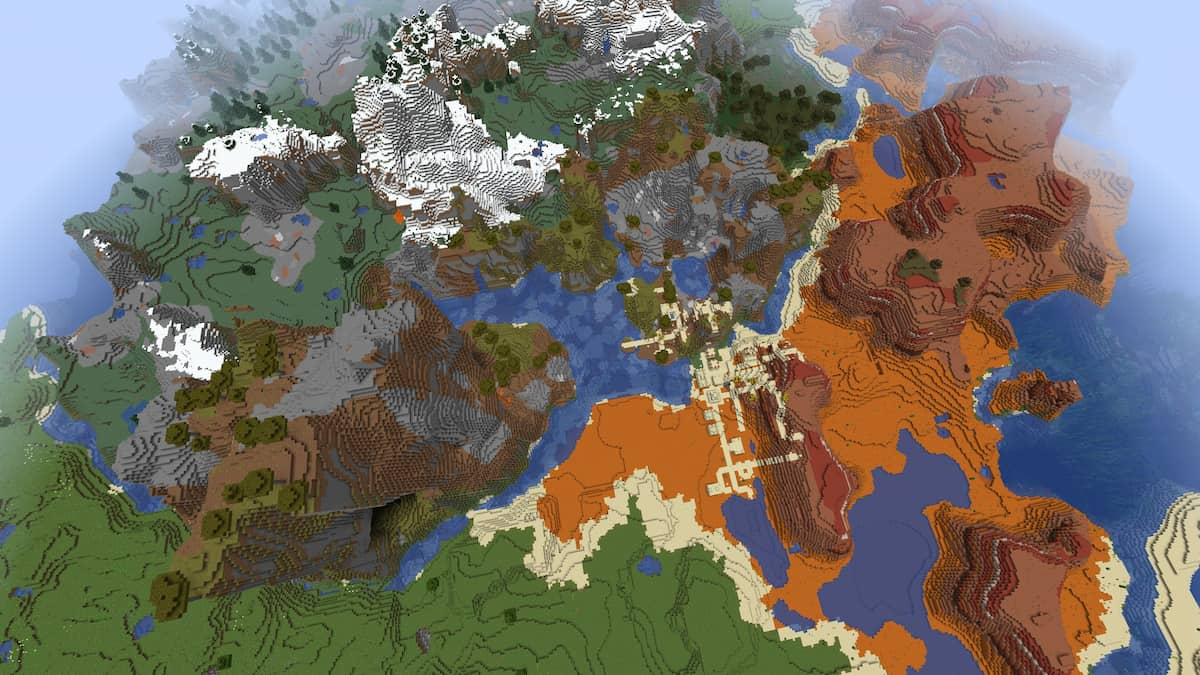
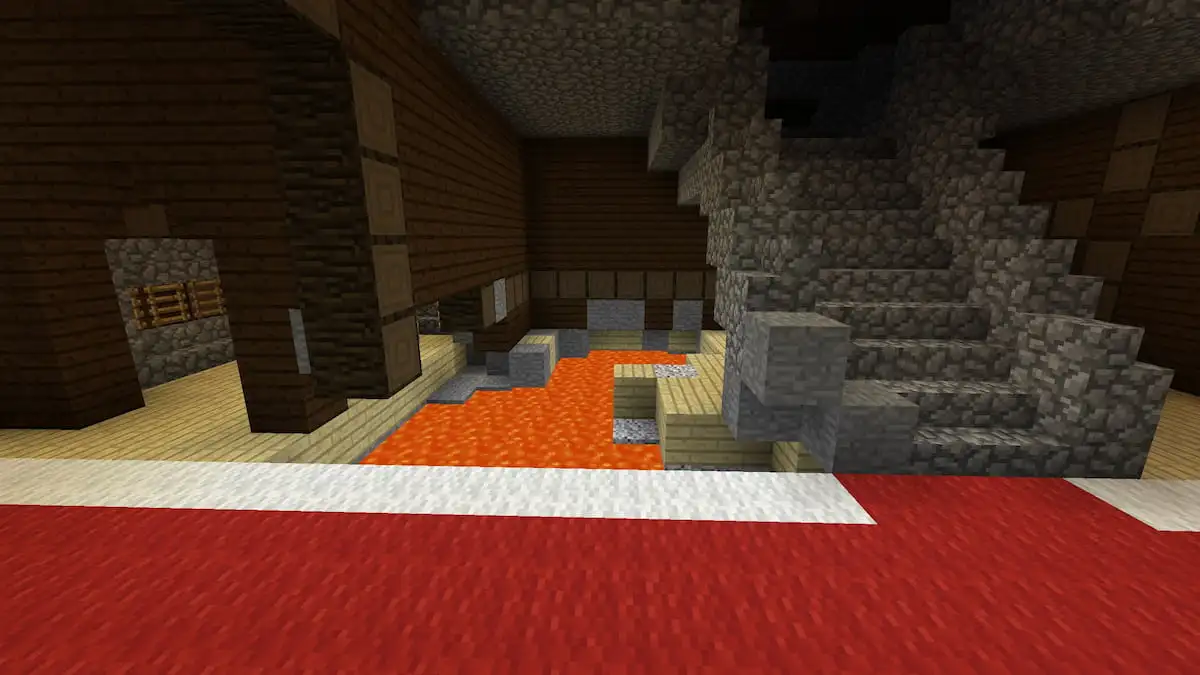
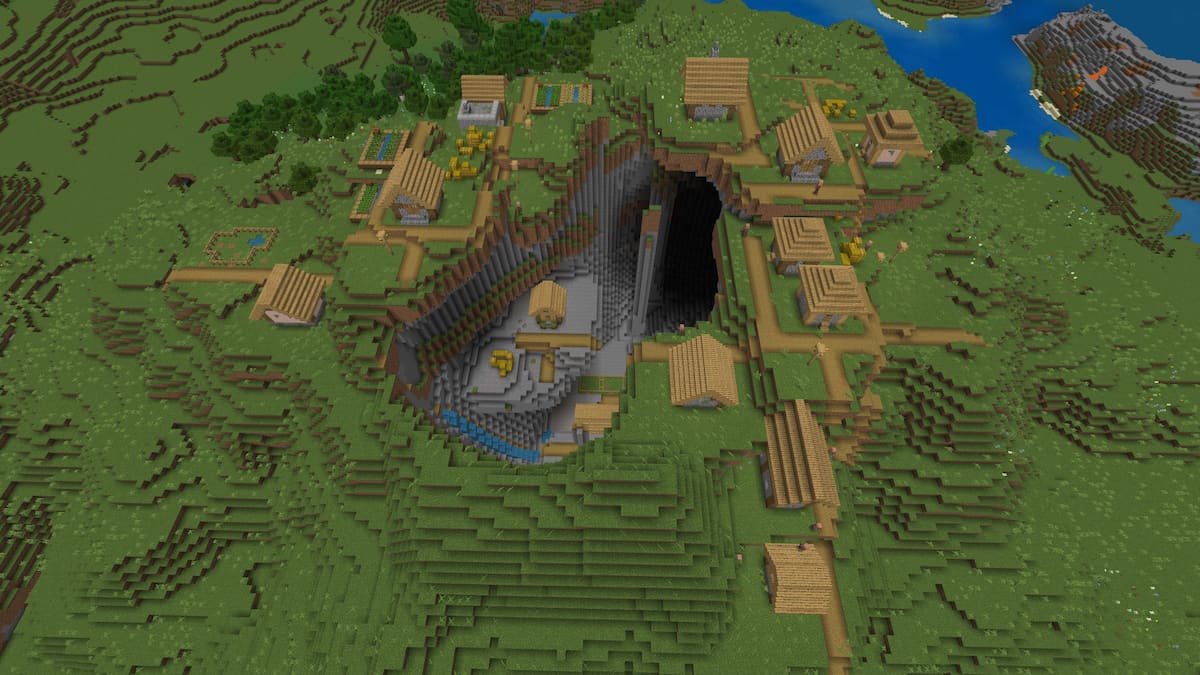
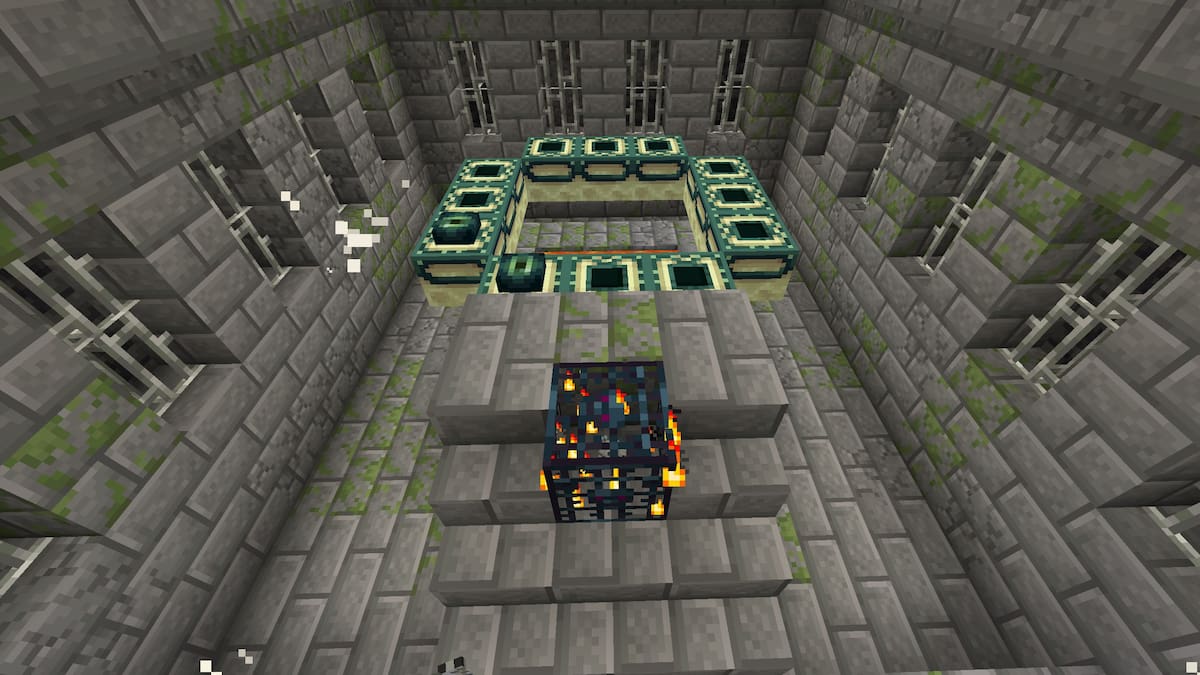
Published: Mar 30, 2023 09:19 am